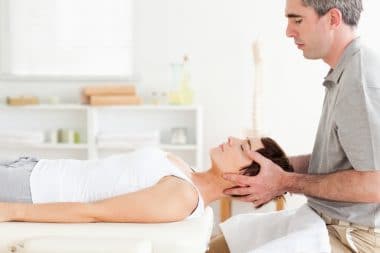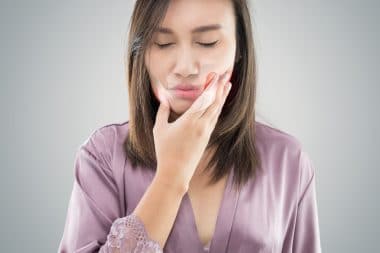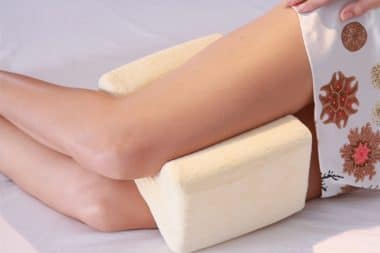You may have noticed that as the years go by, your feet begin to ache more. Perhaps when you were younger standing around and walking all day long was a breeze, but now standing or walking for extended periods of time can leave your feet full of aches and pains. This increased pain is not just in your head. Feet go through a lot, and as we age our feet can begin to feel the consequences of so much wear and tear. One of the biggest culprits of foot pain is bunions.
A study conducted in 2008 revealed that 36% of people over the age of 65 had bunions. Bunions are a common and painful enough foot issue, so it’s important to understand what they are, what causes them, and how to treat or prevent bunions.
What is a bunion?
Bunions are painful bumps that form at the joint of the big toe. Bunions form when the big toe, which normally grows straight, grows at an angle towards the outside of the foot (towards the pinky toe). Bunions can appear red and be sore to the touch.
Bunions and bunionettes are very similar but have different locations. While bunions form on the base of the big toe, bunionettes form on the base of the pinky toe. Buinonettes will cause the pinky toe to angle towards the inside of the foot (towards the big toe).
What causes a bunion to form?
There are several different things that could cause a bunion to form.
- Shoes – Tight, narrow shoes and high heels can cause bunions. The shape and pressure of a shoe can push the big toe at angles which can eventually cause bunions.
- Genetics – Studies have shown that those with family members who have bunions are more likely to develop bunions themselves. The natural shape of feet can make a person more or less likely to develop bunions. If a family tends to have wider feet, their genetics make them more susceptible to developing bunions.
- Injury – Injuries to the feet can cause bunions–especially injuries that affect the big toe.
- Sex – While gender doesn’t cause bunions, they are more common in women than men. This is probably because women tend to wear heels and tighter shoes.
What are the symptoms of bunions?
If a person has a bunion, they will most likely experience some discomfort or pain surrounding the bunion. Other bunion symptoms include:
- Red skin on the bunion
- Calluses or rough skin on the bunion or bottom of the foot
- Inflammation in the foot
- Tenderness around the joint of the big toe
- Limited motion in the big toe
All of these symptoms can interfere with everyday activity. It can make walking difficult and painful. If bunions are severe enough, they can cause other health issues such as bursitis, arthritis, or hammertoe.
How are bunions treated?
The way a bunion is treated is largely determined by the severity of the bunion. If a bunion is very mild, there are a few non-surgical methods to help alleviate any pain caused by the bunion. Adjusting footwear is a very common way to treat bunions. Because shoes put so much pressure on our toes and feet, wearing wider shoes can be a simple yet effective treatment. If you choose this treatment method, be sure to wear shoes that support your arches and fit the shape of your foot, but do not put pressure on the bunion.
Another treatment option for mild bunions is to use toe spacers. Placing a toe spacer between the big toe and second toe can help straighten the angle of the big toe. Straightening this angle back out can help reduce pain and reverse the side effects the bunion may be causing.
For more severe bunions, there are several surgical methods to treat the bunion. Every surgical method involves the removal of the bunion itself. According to Summit Orthopaedics, there are 3 goals for surgically removing a bunion: “1) to remove the bunion 2) to realign the bones that make up the big toe 3) to balance the muscles around the joint so the deformity does not return.” Because there are over 100 different types of bunion removal surgeries only your doctor will be able to tell you exactly what surgical procedure will be used to remove more severe bunions.
How can I prevent bunions?
The best way to prevent bunions is to wear supportive shoes that do not put excessive pressure on the joints of your toes. Shoes like high heels or cowboy boots may be fashionable but they could cost you the pain of dealing with a bunion. Wear shoes with wider foot boxes and use arch supports to give your feet extra support. Arch supports help your feet to carry the weight of your body evenly, rather than putting all of the pressure on the pad of your foot. Wearing proper footwear and practicing good foot care will be your best defense against developing bunions.








Reply